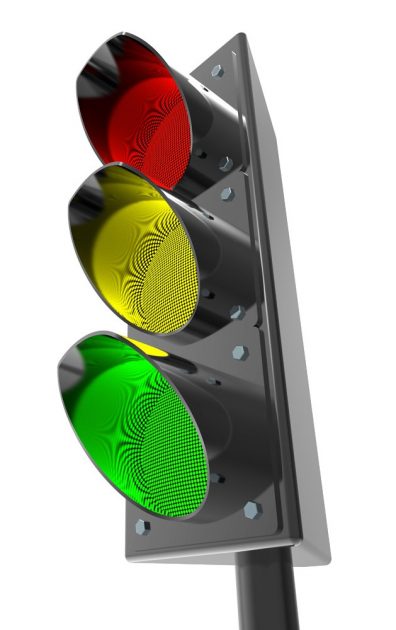Experts Concede That Yellow Lights Are Too Short
Good news if you’ve ever argued that yellow lights are too short to allow adequate time to bring your vehicle to a halt. You now have traffic experts on your side.
Speedy Horizons: Meet the dashing new 2020 Corvette
 A council of engineers
A council of engineers
The Institute of Transportation Engineers, a panel of experts responsible for recommending best traffic procedures, recently met to discuss the yellow change interval. Simply put, this interval is the time it takes a traffic light to change from yellow to red. According to The Drive, a complex equation determines a light’s yellow change interval.
The meeting was the group’s response to an appeal filed from a handful of engineers, who analyzed Oregon’s traffic-light system and declared it outdated. The appeal argued that the formula that determines the yellow change interval might have been accurate when it came out in 1965, but it’s now outdated. The current “one-size-fits-all” interval doesn’t fit the unique conditions of modern-day intersections.
Questioning the original formula
Per The Drive, engineers devised the formula by factoring in a predetermined deceleration rate, the 85th percentile of approach speed (in mph), and the PRT (or Perception Response Time). Since then, the formula changed only once in 1982, when engineers tweaked it to factor in the road’s approach grade.
 Considering two variables
Considering two variables
Two variables are the reason for the formula’s flaw: the grade and the approach speed. Each intersection differs when it comes to the road’s grade and drivers’ approach speeds. Since the driver’s speed is usually unknown, engineers calculate the formula using the posted speed limit plus 7 mph as the approach speed.
During the meeting, the ITE panel also agreed that the current way to calculate approach speed is inaccurate. Presently, engineers subtract 5 mph from the approach speed to calculate the yellow change interval for a driver turning left at an intersection.
Concluding thoughts
We’ll have to wait to see if the ITE’s recent findings help increase the yellow change interval at traffic lights nationwide. However, it’s one step in the right direction to improving roadside safety in the U.S.
A New Look: Refresh your ride with these nifty GM accessories
News Source: The Drive

The News Wheel is a digital auto magazine providing readers with a fresh perspective on the latest car news. We’re located in the heart of America (Dayton, Ohio) and our goal is to deliver an entertaining and informative perspective on what’s trending in the automotive world. See more articles from The News Wheel.

